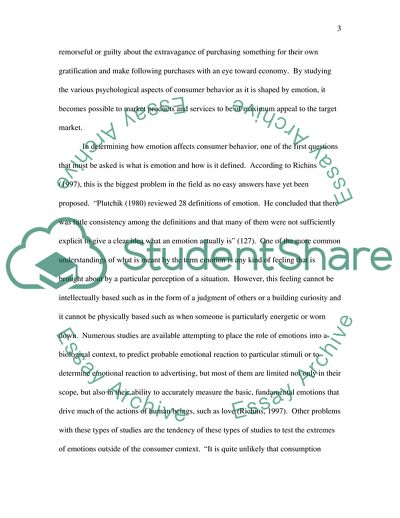Cite this document
(The Role of Emotion in Consumer Behavior Article, n.d.)
The Role of Emotion in Consumer Behavior Article. https://studentshare.org/marketing/1709933-discuss-the-role-of-emotion-in-consumer-behaviour
The Role of Emotion in Consumer Behavior Article. https://studentshare.org/marketing/1709933-discuss-the-role-of-emotion-in-consumer-behaviour
(The Role of Emotion in Consumer Behavior Article)
The Role of Emotion in Consumer Behavior Article. https://studentshare.org/marketing/1709933-discuss-the-role-of-emotion-in-consumer-behaviour.
The Role of Emotion in Consumer Behavior Article. https://studentshare.org/marketing/1709933-discuss-the-role-of-emotion-in-consumer-behaviour.
“The Role of Emotion in Consumer Behavior Article”. https://studentshare.org/marketing/1709933-discuss-the-role-of-emotion-in-consumer-behaviour.


